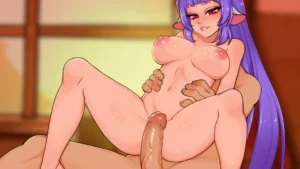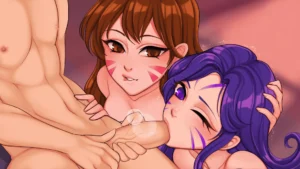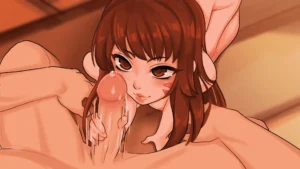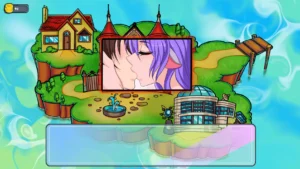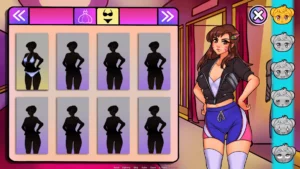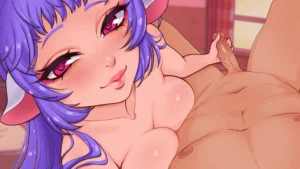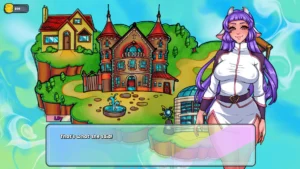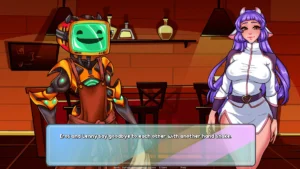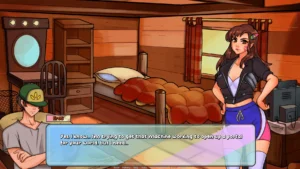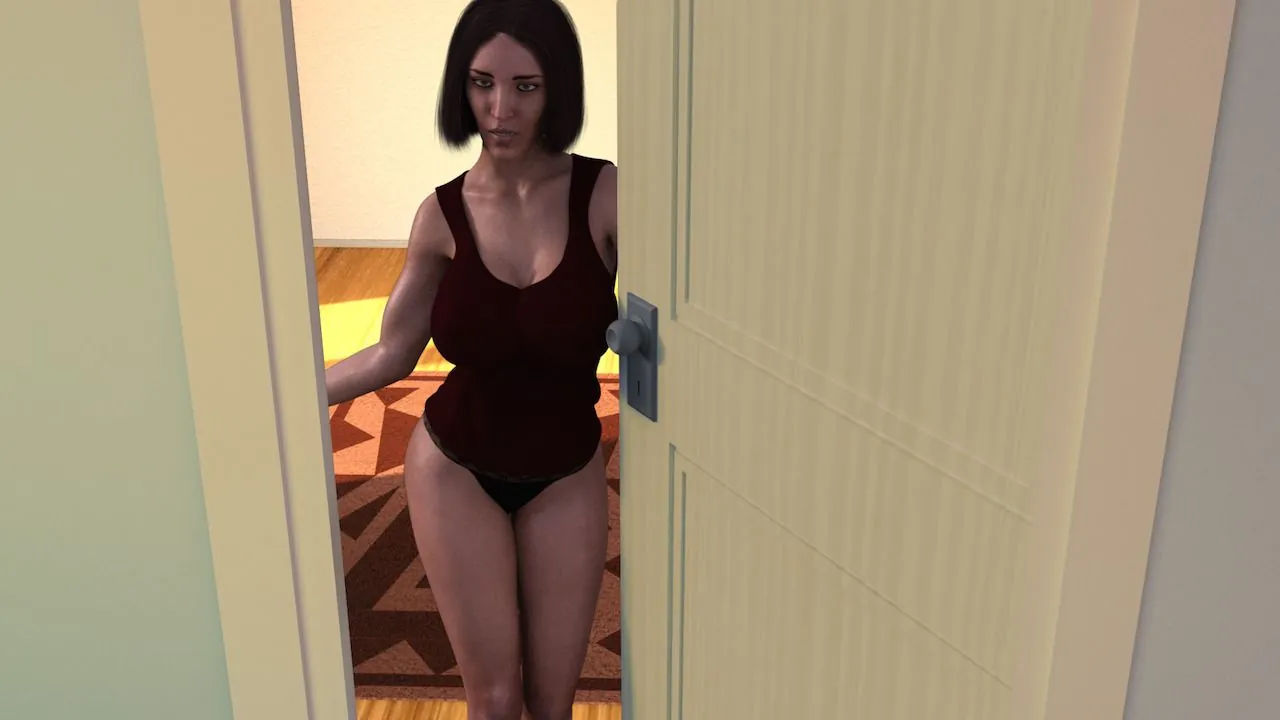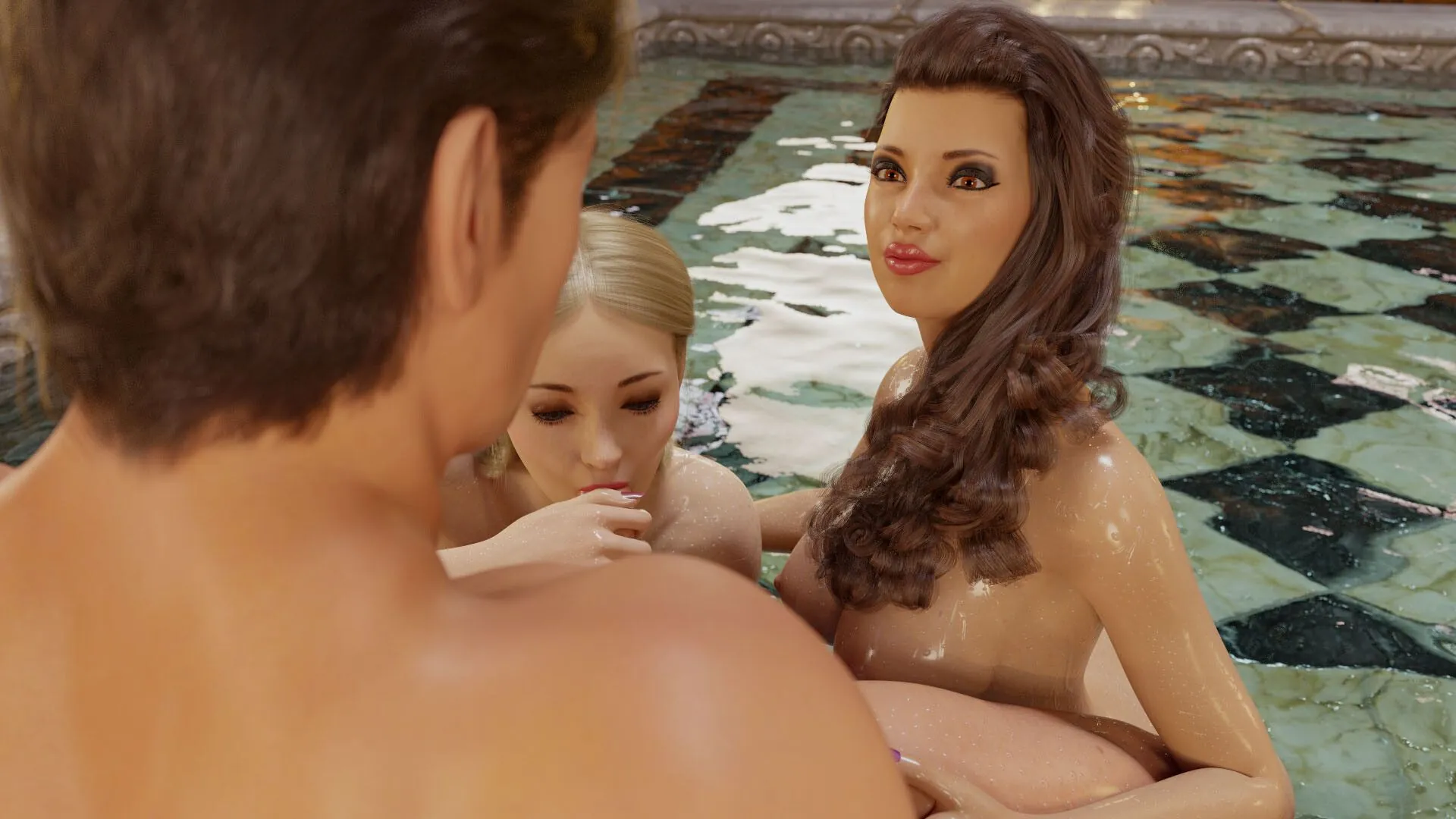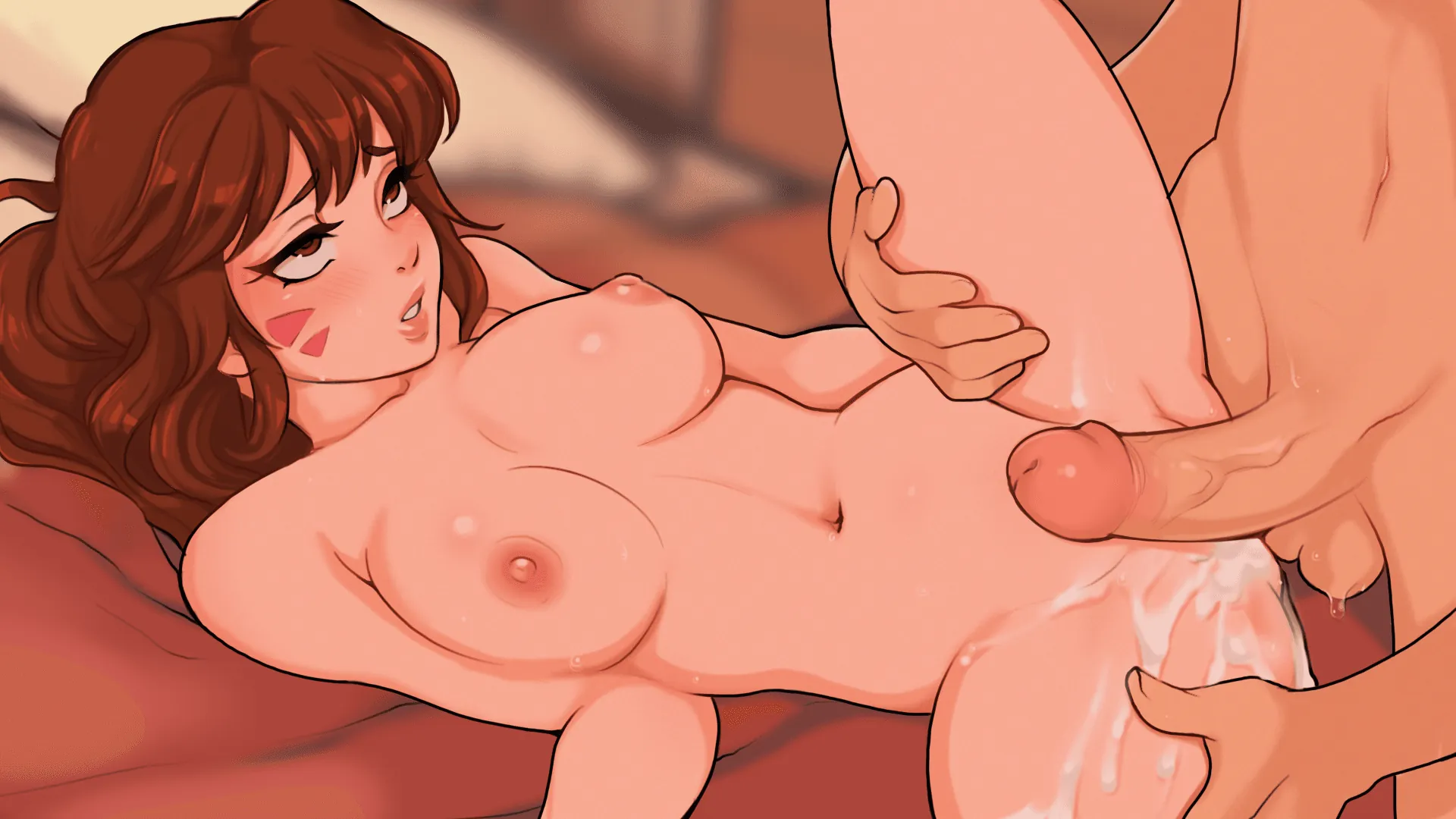
Welcome to Erosland
Play Welcome to Erosland
Welcome to Erosland review
Exploring gameplay mechanics, narrative choices, and community reception of this controversial visual novel
Welcome to Erosland has emerged as a polarizing entry in the adult gaming space, combining harem management mechanics with explicit content. This visual novel challenges traditional porn game tropes by casting players as a theme park manager building relationships through strategic decisions rather than simple seduction. Our analysis reveals how its unique blend of resource management and narrative branching creates both opportunities and frustrations for players seeking depth in adult entertainment.
Gameplay Mechanics and Strategic Decision-Making
Harem Building vs. Park Management Dynamics
Picture this: you’re trying to plan a romantic sunset picnic with your favorite Erosland character, but your amusement park’s Ferris wheel just broke down, and guests are rioting over soggy cotton candy. 🎡💥 Welcome to the delightfully chaotic heart of Welcome to Erosland, where harem management mechanics collide with theme park tycoon simulator stress. The game forces you to juggle two wildly different goals—building emotional bonds with characters and keeping your park profitable. It’s like trying to bake a soufflé while someone’s throwing darts at your oven.
Here’s the twist: every diamond necklace you buy for your virtual sweetheart means one less rollercoaster upgrade. The character relationship thresholds (those make-or-break moments where a love interest finally opens up) demand constant attention. Ignore them, and you’ll hit emotional walls faster than a teenager ghosting their crush. But neglect park revenue optimization, and you’ll watch your cash reserves evaporate like ice cream in July.
I learned this the hard way during my first playthrough. I spent all my in-game cash on lavish gifts for the brooding vampire knight, only to realize my park’s restrooms were still broken. Cue a 50% drop in visitor happiness… and a very awkward cutscene where my love interest dumped me for “being irresponsible.” 💔🗑️
Resource Allocation Challenges in Early Game
Let’s talk about the resource allocation strategy nightmares that haunt every new Erosland player. Early-game scarcity hits harder than a Monday morning. You start with barely enough coins to fix a popcorn machine, let alone unlock steamy storylines.
Here’s the brutal math:
– Upgrading a ride costs 1,500 coins
– A meaningful gift for a character costs 800 coins
– Basic park maintenance? 500 coins per in-game week
| Resource | Early-Game Cost | Late-Game Cost |
|---|---|---|
| Ride Upgrades | 1,500 coins | 15,000 coins |
| Character Gifts | 800 coins | 5,000 coins |
| Maintenance | 500 coins/week | 2,500 coins/week |
The devs clearly want you to feel the pressure of choice. Do you invest in park revenue optimization to secure long-term income, or chase short-term relationship boosts? Pro tip: prioritize rides that generate passive income (looking at you, Haunted Mansion 🎃) early on. That steady cash flow will fund your later romantic escapades.
But here’s where the event progression system adds spice: random events like “Mystery Investor Offers a Loan” or “Character X Gets Jealous” force you to adapt. One wrong move, and you’re stuck in a debt spiral or a love triangle gone nuclear.
Event System Complexity and Player Feedback
Ah, the event progression system—a double-edged sword sharper than a tsundere’s wit. 🗡️ On paper, it’s brilliant: dynamic story beats that react to your choices. In practice? Well, let’s just say the community’s had opinions.
Take the infamous “kidnapping mechanic.” Every 30 in-game days, a random character gets abducted unless you’ve built their trust to Level 5. Sounds dramatic, right? But players quickly realized this system punishes slow-burn strategists. If you’re focusing on park revenue optimization first, you’ll lose characters faster than a Netflix show cancels its best series.
“I spent weeks building the perfect park, only to watch my favorite girl get yeeted into the void because I forgot to buy her enough chocolates.”
— Reddit user u/EroslandSimp2024
The event progression system also suffers from RNG fatigue. Event triggers are tied to obscure character relationship thresholds, like reaching Level 3 and having 10,000 coins saved. Miss one condition, and you’ll replay hours of content. Some late-game events feel rushed, too—like the devs ran out of budget and slapped together a “happily ever after” slideshow.
Yet, when it works? Magic. Unlocking a secret scene where your love interest helps rebuild the park after a storm? Chef’s kiss. 👌🌪️ The key is balancing grinding with genuine roleplay.
The Verdict: Love, Money, and Rollercoasters
Welcome to Erosland isn’t just a game—it’s a masterclass in harem management mechanics meeting spreadsheet simulator chaos. Yes, the resource allocation strategy demands spreadsheet-level planning, and the event progression system can feel unfair. But when you nail that sweet spot between romance and revenue? Pure serotonin.
Here’s my survival guide:
– Early game: Split resources 60/40 between park upgrades and character gifts.
– Mid-game: Focus on high-profit rides (Ferris wheels > merry-go-rounds).
– Late game: Hoard coins for marriage proposals (yes, that’s a thing).
Will you become the ultimate harem tycoon? Or crash and burn like a love-struck raccoon in a fireworks factory? 🔥🦝 Only your choices—and your spreadsheets—will tell.
Welcome to Erosland presents an ambitious blend of management sim and adult visual novel that struggles to balance its competing design goals. While the high-quality artwork and complex relationship systems show promise, players must navigate underdeveloped mechanics and inconsistent narrative payoffs. As development continues, addressing resource balancing and player agency concerns could help realize the game’s unique vision. Adult gamers seeking strategic depth may want to monitor future updates before fully committing to this evolving title.

